Notice
Hestercombe will be closed all day on Tuesday, December 16th, while the National Grid completes local high-voltage work across the estate. Sorry for any inconvenience this may cause.
The Hestercombe Estate made its contribution to the Great War effort by supplying soldiers to British regiments stationed in France, Belgium, India, Egypt, and Mesopotamia. This fascinating blog post by Archivist Kim Legate explores the stories of the Hestercombe staff members involved.
Hestercombe will be closed all day on Tuesday, December 16th, while the National Grid completes local high-voltage work across the estate. Sorry for any inconvenience this may cause.
Written by Kim Legate, Archivist
The ranks of the small professional defence force that constituted the British army was augmented by legions of conscripts as the scale and duration of the First World War became apparent. From just over 730,000 men at the outset of war in August 1914, the army grew to more than seven million men and women by the end of the conflict in 1918.
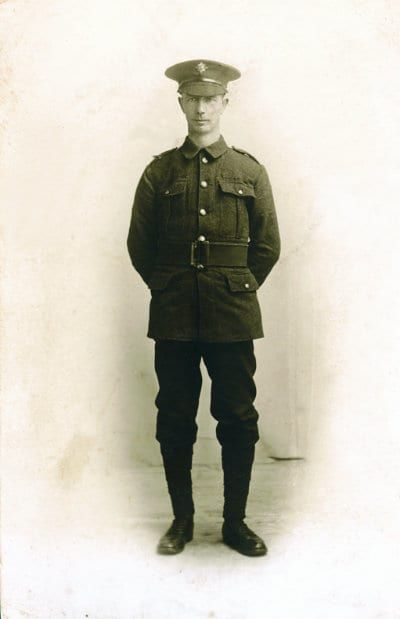
The Hestercombe Estate made its contribution to the war effort by supplying soldiers to British regiments stationed in France, Belgium, India, Egypt, and Mesopotamia (Iraq/Syria/Kuwait). Amongst those who left Somerset for foreign shores was the Portman’s chauffeur, Frederick Humphris , their Head Gamekeeper, Charles Henry Butters , the butler, Frank Claude Bradbury , gardener William Miller (India & Mesopotamia) and farrier brothers Willie Thomas Aish (Egypt) and Wilfrid Andrew Aish (Egypt), whose father, Thomas (1864-1922), was the Hestercombe blacksmith for many years. A late comer to the war was the Rev. J. Wilson-Steele , chaplain to St. Mary's Church, Hestercombe, who in December 1917 was appointed to the Army Chaplin’s Department as Temporary Chaplain to the Forces, 4th Class, Roman Catholic. Alongside such names as Woodbine Willy and Tubby Clayton, Wilson-Steele and his colleagues brought comfort, care and compassion to those bloodied by a global conflict of unprecedented proportions.
Also leaving Hestercombe at this time, most likely under duress, was the cook, a kind-hearted woman of unfortunate (German) extraction. 'The staff were very fond of her; she was very kind', lamented onetime kitchen maid, Daisy Routley in a 2000 interview.
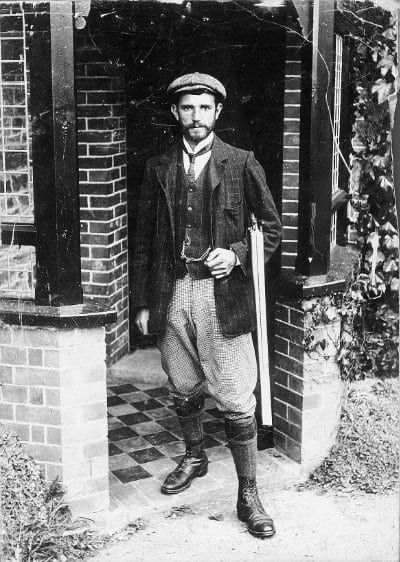
Hestercombe had a military tradition that extended back by to E. W. B. (‘Teddy’) Portman’s induction into the armed forces in 1879, aged 22. After first attending Eton College and Christchurch, Oxford, Teddy had received a commission in the Dorsetshire Yeomanry, retiring with the rank of major in 1892 after 14 years’ service. He married the Honourable Constance Mary Lawley (3rd daughter of 2nd Baron Wenlock) shortly thereafter on the 7th of July 1892.
Constance’s three sons by her first marriage with Captain the Honourable Eustace Vesey of the 9th Queen's Royal Lancers – she and Teddy did not have any children of their own -- all chose a military path. The oldest, Ivo Richard Vesey (1881-1958), succeeded to the title of 5th Viscount de Vesci of Abbey Leix, Ireland, in July 1903 on the death of his uncle. Schooled at Eton like his brothers, Ivo joined the Irish Guards in 1901 and rose to the rank of Major before being assigned to the Paris branch of the Directorate of Forestry, British Expeditionary Force (BEF). After attending Christchurch College, Oxford, the youngest of the three brothers, the Honourable Thomas Eustace Vesey (1885-1946), became a Captain in the Irish Guards (1913), later rising to the rank of Lieutenant-Colonel. Wounded twice in World War I, he was later awarded the French Croix de Guerre (Cross of War) in recognition of acts of bravery in the face of the enemy.
Subsequent to his studies at Royal Military College, Sandhurst, Mrs. Portman’s middle son, Honourable Osbert Eustace Vesey (1884-1957), joined his father’s old regiment, the 9th Queen's Royal Lancers, but spent World War I with the Royal East Kent Yeomanry and the British Expeditionary Force (BEF) in Egypt, France and Flanders. Mentioned in despatches three times, he was decorated with the Legion of Honour, the highest military award in France.
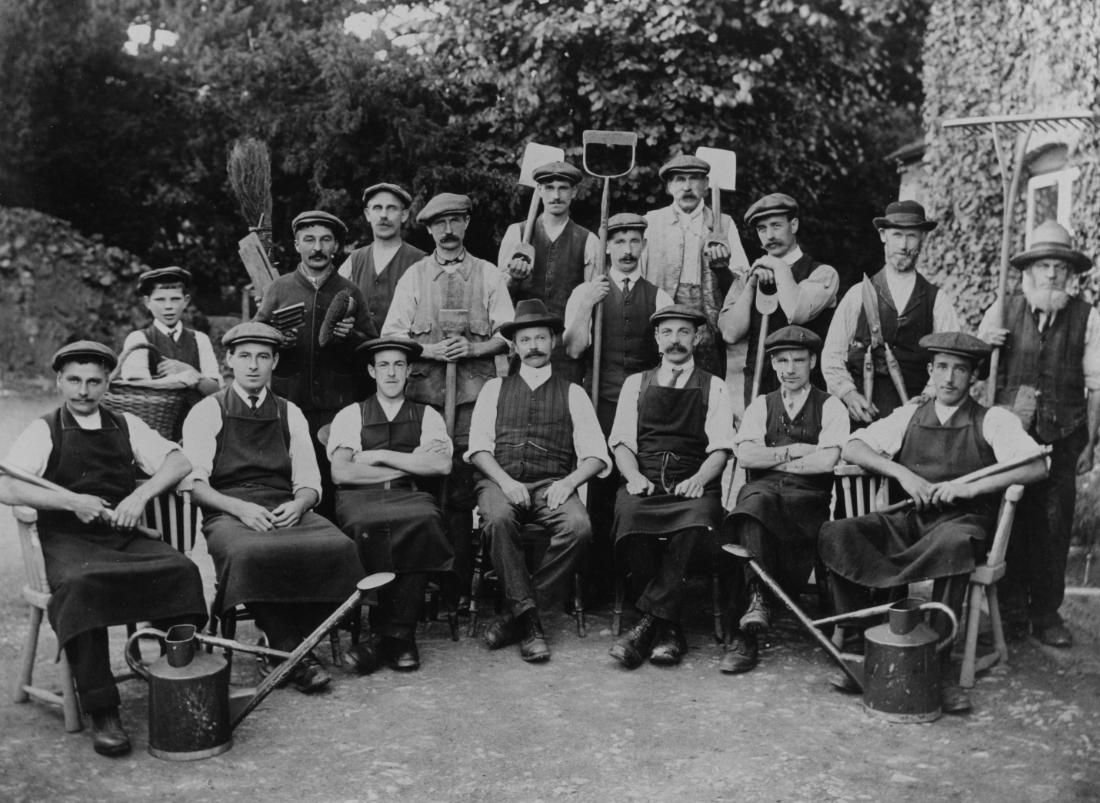
I quite agree that it is very important to keep rabbits down, but the Germans want to be kept down too, and a gamekeeper is just the sort of man for that.
~ Colonel Napier Clavering, ‘Portman Estate Gamekeeper To Go’, Taunton Courier, 30 May 1917, p.2
Some of those eligible for military service on the Hestercombe Estate were granted an exemption from the armed forces. In excusing John Ernest Arnold, Head Gardener , from service in July 1918 the Somerset Appeal Tribunal noted that every gardener engaged in producing food was ‘doing work essentially of national importance’. The labours of 40-year-old Charles Henry Butters were not considered essential, however, and the Head Gamekeeper, at Hestercombe since 1907, was ordered to join the Royal Garrison Artillery (R.G.A) at Plymouth in May 1917. His appeal to be excused from service was dismissed in spite of a personal plea from Mrs. Portman and the support of area farmers who argued that Butters had been singularly effective in keeping the local rabbit population down, thereby limiting the destruction of corn and other crops. In 1916 alone he killed 5,000 rabbits! The case of Frank Curry (1889-1969) of Park Gate, the gardener responsible for the terraces at Hestercombe (Formal Garden), was more cut and dried, however, and he was excused on the grounds of ill health.
It is really fearful the amount of friends that I have lost in this War. Nearly all my friends have been killed. Poor George Brooke was the last one we have lost and I pray that he will be the last . . . I hear that the War Office have had in no more casualties today from the Irish Guards, so I hope everything is well with Tom. I am so sorry for his Wife. It is terrible for them, poor women. My word what a sad world this is for everyone in it.
~ Ivo Richard Vesey, 5th Viscount de Vesci, 45 Montague Square W., London, to Mr. Fitzherbert, Abbey Leix, Ireland, 31 Oct 1914 {NLI Ms 38,872}
The appalling number of casualties incurred during the First World War included an estimated 947,000 British lives or 11.1 % of total war-related deaths of 8.5 million. The notion of a ‘lost generation’ came into common usage and the acute labour shortage that had first become evident in 1915 persisted. Among those who died in the conflict and had a connection to the Hestercombe Estate were the following.
Lance Corporal Edgar Falconer and Private John Malcom Falconer were the progeny of retired Hestercombe butler, Allan Falconer who was also Claude Bradbury’s father-in-law.
Private Michael Greedy, a farm labourer, was the eldest of nine sons born to long-time estate carpenter, George Greedy and his wife, Mary (nee Mudford) of Goosenford.
Private Frederick Leo Lock (France) was the son of George and Emily Lock of Yards Cottage, Volis Hill. He died in action at the Battle of Arras, a major British offensive that took place on the Western Front in 1917, claiming some 158,660 lives.
Private Edwin John Thorne, a farm labourer born to John and Rose Thorne of Gotton Farm, one of Hestercombe’s three home farms, died in action less than three months before the armistice with Germany was signed on 11 November 1918.
Lance Corporal Arthur Chidgey had an older brother, Tom, who worked as a gardener and woodman at Hestercombe into the 1930s. Their parents were Elizabeth and John Chidgey, labourer, of Church Road, Kingston St. Mary.
Private George Henry Bradbeer, a bricklayer, was the son of agricultural labourer, Thomas Bradbeer, and his wife, Jane, who lived at Church Cottages, Cheddon Fitzpaine. George Henry’s younger brother, Willliam John, worked for Mrs. Portman as a gardener up until the beginning of the war in 1914 when he, too, enlisted. At the time of his death, George was a widower with three children who were being looked after by his mother-in-law. The war diary report filed on the day he died (27 June 1916) reads simply: ‘Relief delayed but no casualties except for 4 men killed in dugout at Potijze Wood.’ (The 4 men were Pve George Henry Bradbeer, L/C Lee, Pve J Meiris and Pve J Rossiter). Potijze Wood was in the Ypres Salient on the Western Front, the scene of some of the biggest battles of World War I.
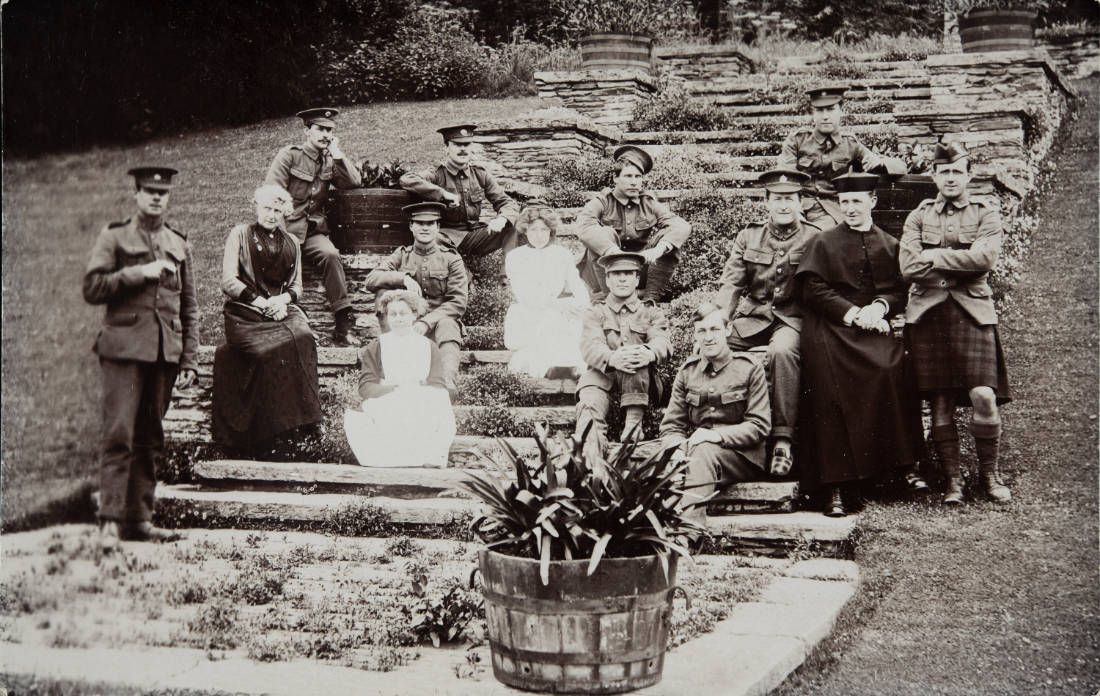
Frederick Humphris, Charles Henry Butters, Frank Claude Bradbury and William Miller were among those who returned to England safely after the First World War. With gamekeepers jobs now in short supply, Butters was forced to work as a labourer at Waterpitts Farm, Merridge, before resuming his chosen career in 1924 at H. C. B. Underdown’s 4,100-acre (1,659-hectare) Buckenham Tofts Estate near Brandon in his home county of Norfolk.
Frederick Humphris and Frank Claude Bradbury returned to their former positions, continuing in service to the Hon. Mrs. Portman at Hestercombe for a further 33 years.
After receiving his discharge from the Somerset Light Infantry, William Miller returned to Henbury, Dorset, where he had first trained as a gardener, and the Aish brothers, Willie Thomas and Wilfrid Andrew Aish, returned to their original trade as blacksmiths, the latter becoming a Master Blacksmith and eventually taking over the operation of Cheddon Fitzpaine Forge from his father, Thomas.
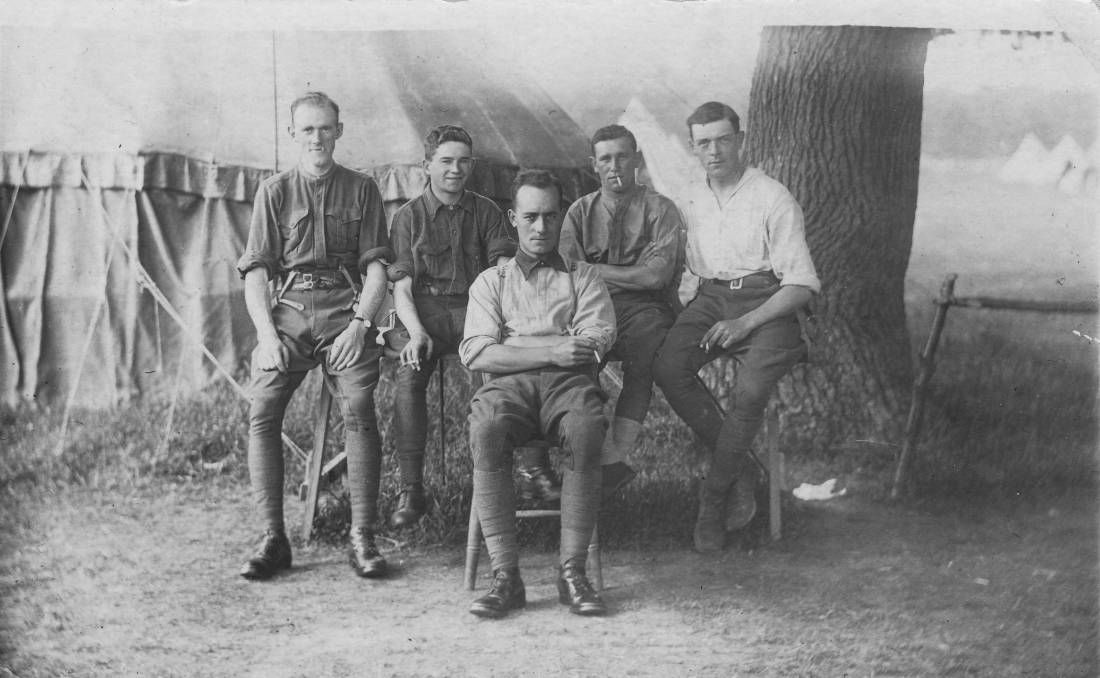
At the outbreak of the First World War the Hestercombe Estate was approaching its zenith under the ownership of the Portman family. The recently deceased Hon. E.W.B. Portman (1856-1911) had left over 70 people in service, including 17 servants, 12 gardeners, and 14 agricultural labourers. But by the time gardener Andy Thomas came to work at Estate in 1926, the number of staff had been reduced to thirty, heralding the beginning of a long slow decline that would continue unabated through yet another world war. When Mrs. Portman died on 4 Mary 1951, only 12 domestic and estate workers remained on the property, and the ‘first class residence’ that Thomas had looked upon 25 years earlier was no more.
Discover more war-time history at Hestercombe: visit us to explore the old World War II army huts and more; or read more about our history.
